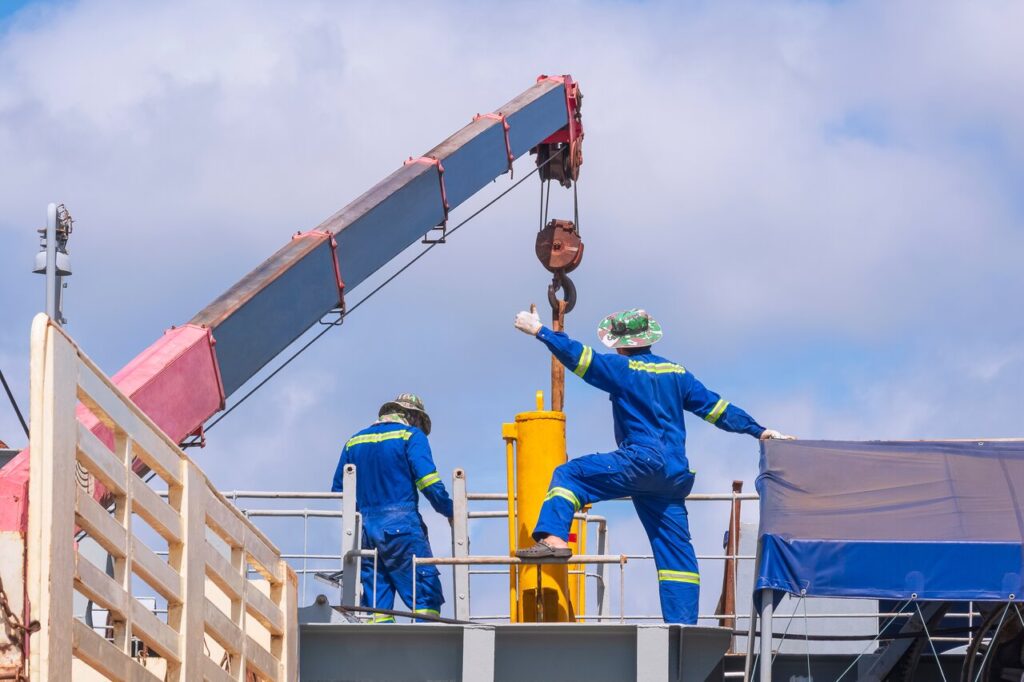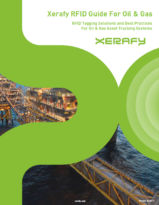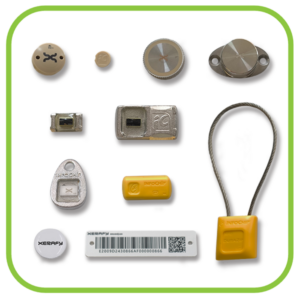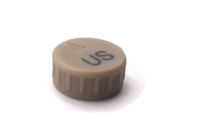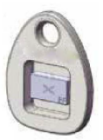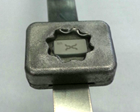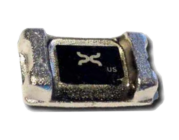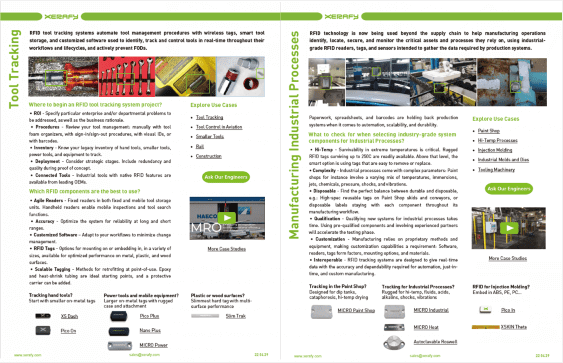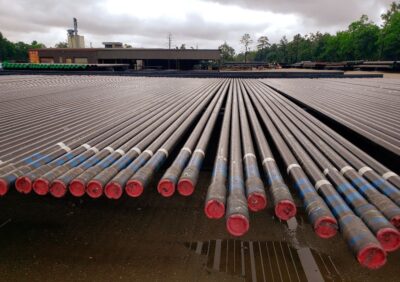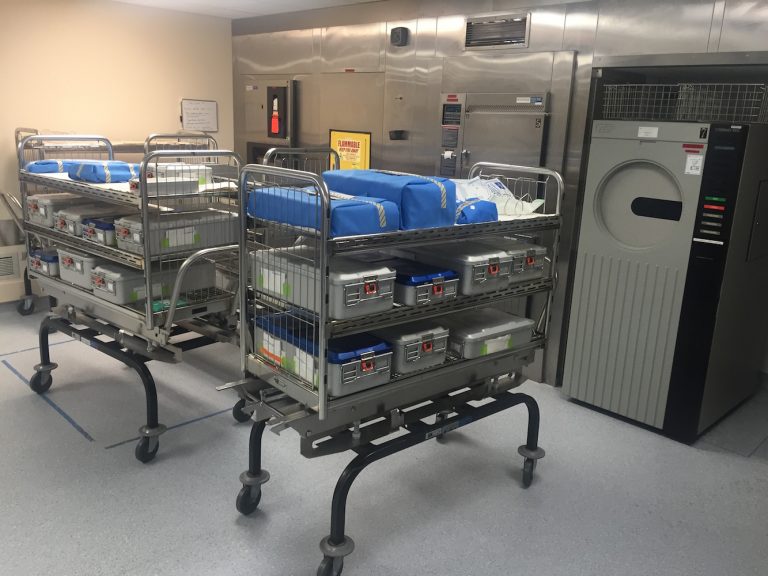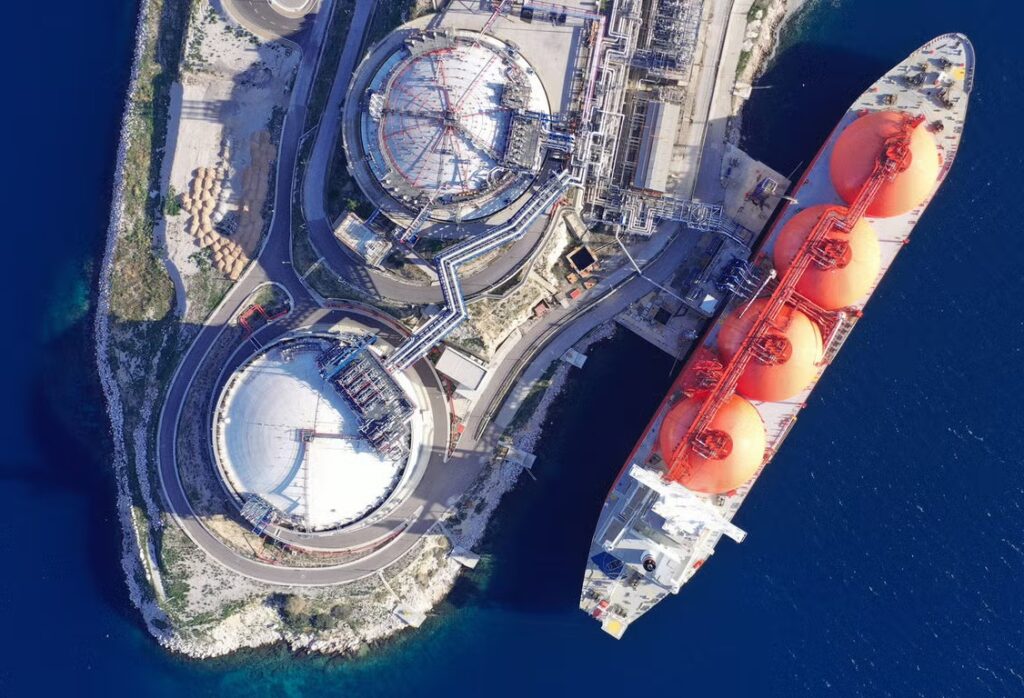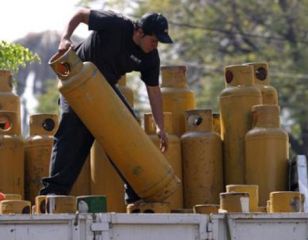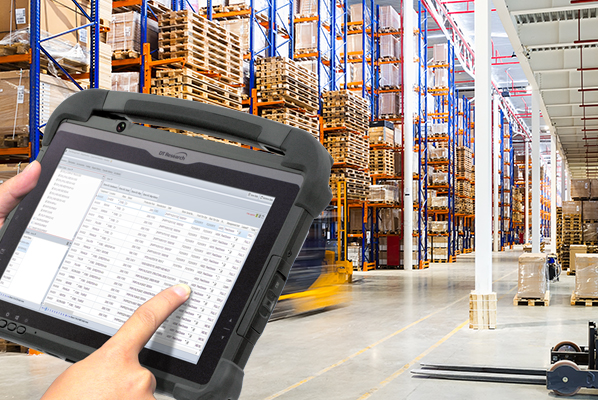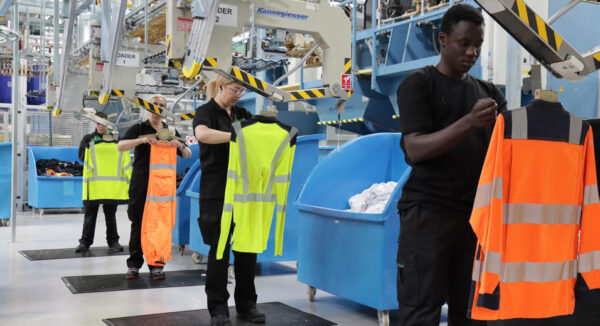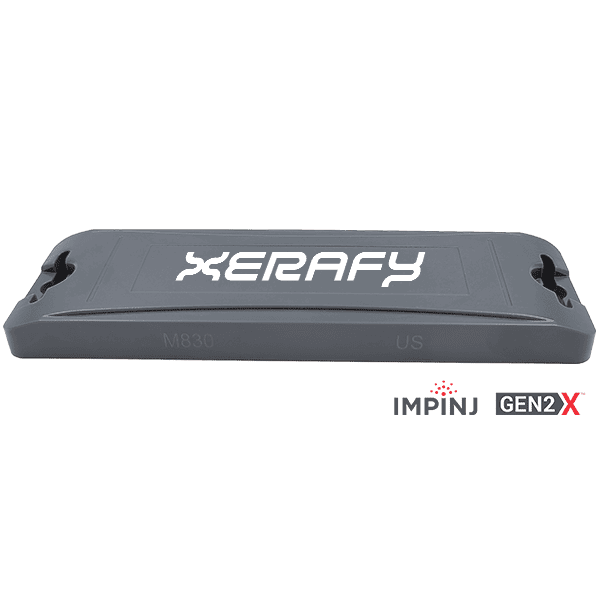In operations, the complexity of managing rigging and lifting equipment is compounded by the need for precision, safety, and compliance. A misplaced shackle or an overdue inspection can halt operations, resulting in significant downtime and costs.
RFID technology ensures real-time asset visibility to reduce equipment loss, streamlines inventory processes for increased efficiency, and enhances compliance with industry standards, addressing these critical challenges head-on.
The Xerafy engineering team shares how RFID technology transforms rigging and lifting in Oil & Gas operations, delivering actionable insights and practical applications tailored to engineers’ needs.
Operational Challenges in Oil & Gas Rigging and Lifting Management
Many mobile and fixed Lifting and Rigging equipment are critical for efficient and safe operations:
Lifting Equipment: Slings, rigging, cranes, hoists, and master links.
Power System: Generators, transformers, and distribution panels.
Circulating System: Mud tanks, mud pumps, flow line components.
Drilling and Auxiliary Equipment: Catwalks, pipe racks with pipes and drill collars, and downhole tools.
Valves and Actuators: Including API 6A/16A compliant components.
Tools: Power tools, hand tools, and specialized downhole tools.
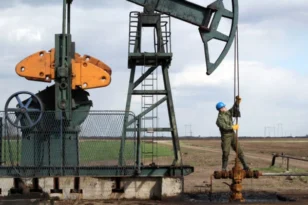
Manual tracking processes often lead to errors, jeopardizing safety and compliance in high-risk environments:
Human errors in equipment usage or tracking can lead to accidents or unsafe working conditions.
Lack of timely alerts for equipment misuse or maintenance needs compromises worker safety.
Ensuring adherence to stringent safety and inspection standards requires accurate record-keeping and timely inspections.
Operational challenges:
Locating critical assets across expansive, dynamic oilfield sites can be time-consuming, leading to delays and operational inefficiencies.
Lack of real-time visibility into asset locations increases downtime and impacts rig uptime.
Manual check-in/check-out processes for tools and equipment are prone to errors and delays.
How RFID Transforms Rigging and Lifting Operations
RFID technology is widely adopted in Oil & Gas operations to track and manage assets such as drill pipes, OCTG, and valves. Its tracking capabilities can be scaled to include rigging and lifting equipment, delivering significant advantages:
- Enhancing Safety and Compliance: RFID reduces human errors by automating data collection and triggering alerts for unsafe conditions or equipment misuse. It simplifies compliance with industry standards like ASME, ANSI, HSE, and OSHA by maintaining accurate, up-to-date records that meet regulatory requirements.
- Asset Identification and Location: RFID enables faster identification and location of critical assets, minimizing downtime and optimizing rig uptime. Real-time asset visibility ensures equipment is in the right place when needed, reducing delays and the risk of misplacement.
- Automating Testing and Inspection Data Capture: RFID seamlessly integrates with hydrostatic and MPI testing applications, including API 6A/16A standards. It provides precise tracking and record-keeping for equipment such as valves, blowout preventers, and actuators, ensuring compliance during inspections and maintenance. RFID also records cycle tests and periodic inspections, offering instant access to test certificates and inspection histories.
Compared to barcodes, which are not a sustainable solution, RFID delivers superior durability, read range, and efficiency. Its ability to read multiple tags simultaneously makes it ideal for high-volume data capture in the field. RFID integrates seamlessly with ERP systems, automating processes and improving supply chain visibility. Furthermore, its interoperability with IoT platforms enables the creation of digital twins of rigs, supporting real-time monitoring and predictive maintenance for both equipment and site conditions.
RFID Tagging Best Practices for Rigging and Lifting in the Oil & Gas Sectors
Xerafy RFID tags are sustainable and engineered for harsh oilfield environments. The specialty RFID tags are designed to withstand impact, extreme temperatures, pressures, and chemical exposures common in oilfield environments. They use materials like stainless steel and engineered plastics to ensure durability for oilfield applications and have the ability to be transferred and used again. Moreover, Xerafy RFID tags are ATEX/C1D1 certified: Passive RFID tags are intrinsically safe for hazardous/explosive environments, as they are battery-less (There are speciality RFID readers available as well.)
Xerafy tags are available with latest generation UHF RFID chip technology, designed for large-scale, dynamic environments like the offshore and onshore Oil & Gas industries environments. It offers read ranges of up to 30 meters, compatible with handheld and fixed readers. Legacy RFID tracking systems in oil and gas industry sometimes rely on HF RFID (NFC), with very short read ranges (in centimeters). Dual UHF/HF tags are available as well from Xerafy, that support both technologies and facilitate migration of legacy systems from older to newest technology.
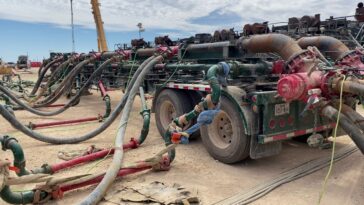
Xerafy domain expertise covers best practices for tagging and tracking different types of oil and gas equipment, considering factors like impact exposure, accessibility for scanning, and environmental stress:
For Hooks and Shackles exposed to extreme mechanical stress, embedded RFID tags are recommended to prevent dislodging during operations.
For Slings and Master Links used in dynamic lifting applications, attach fobs or hang tags for easy scanning and quick reusability.
For Tubulars, Pumps, and Valves in extreme environments, use banded, welded, or embedded tags to ensure long-lasting attachment and reliable performance.
- For Clamps and Cranes operating under high pressure, apply epoxy or strong adhesive tags to maintain stability and resist environmental factors.
Xerafy’s engineering team is available to provide guidance on selecting and deploying RFID tags tailored to specific rigging and lifting needs.
Managing rigging and lifting equipment in oilfield operations presents unique challenges due to the demanding environments and stringent safety standards. RFID technology directly addresses these challenges by enabling precise asset tracking, reducing downtime through real-time visibility, and enhancing operational safety with automated alerts and maintenance tracking.
RFID ensures compliance with industry regulations such as ASME, ANSI, and OSHA by integrating seamlessly with inspection and testing processes. From improving efficiency in locating critical assets to automating inventory management, RFID transforms rigging and lifting operations into a streamlined, reliable process.
RFID is not just a tool for efficiency—it redefines safety, sustainability, and compliance in the most demanding Oil & Gas environments. With RFID, engineers can confidently optimize their operations while maintaining the highest standards of safety and compliance.
Xerafy is a pioneer in Industrial RFID, bringing to market several innovations that enable advanced identification and automation capabilities in Oil and Gas.
In addition to a complete range of field-proven RFID tags available off-the-shelf, Xerafy offers Custom RFID Tags services, covering everything from a personalization service bureau to custom-design engineering capabilities.
